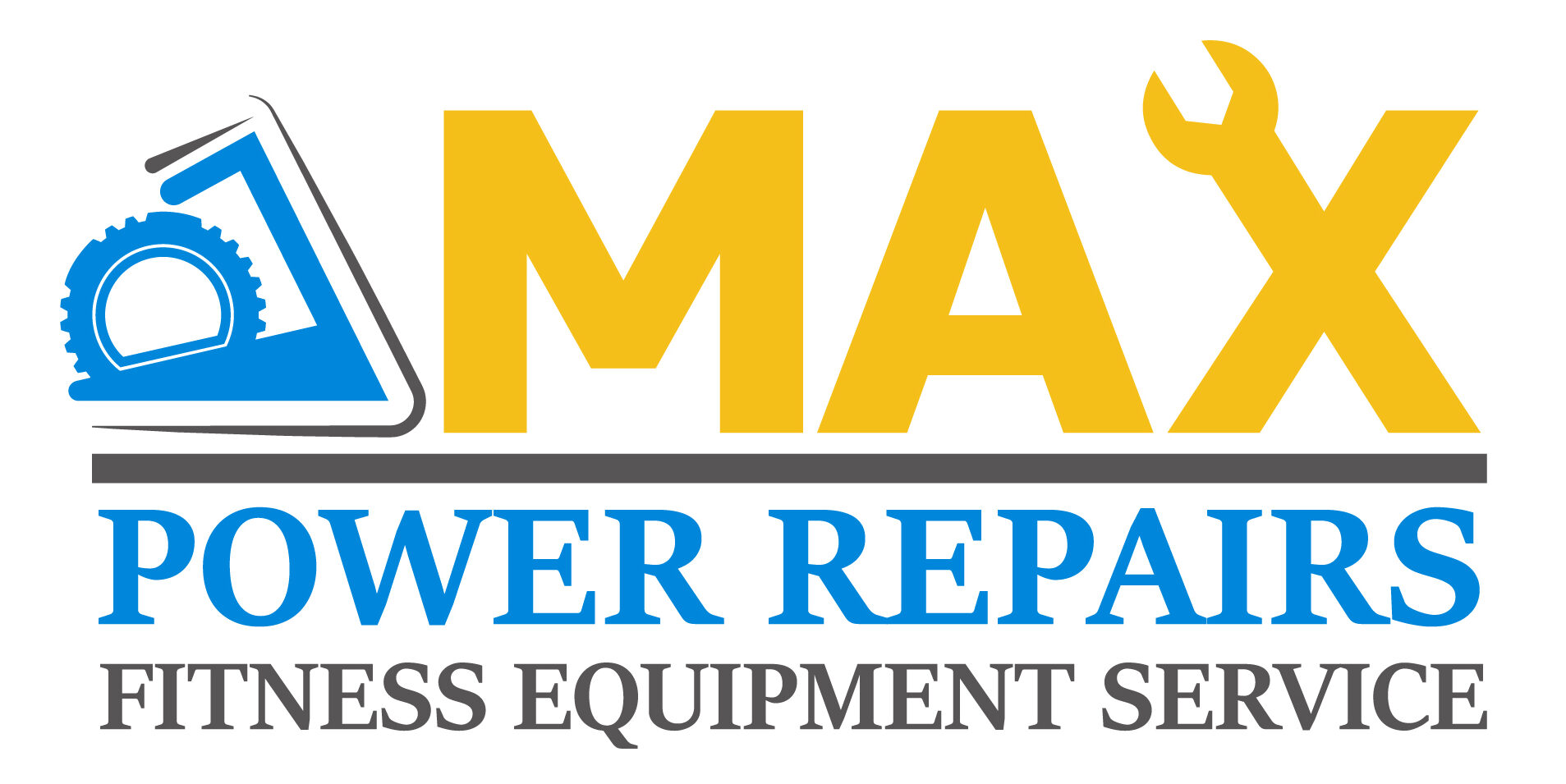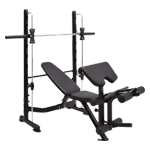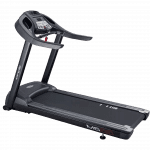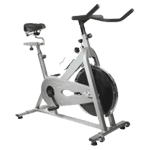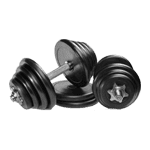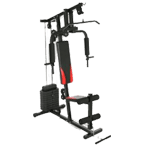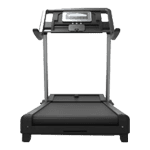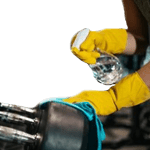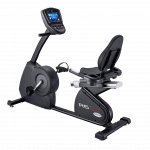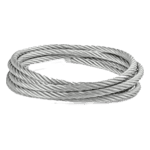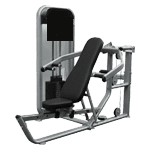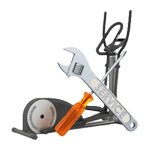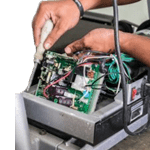Many people overlook the importance of exercise equipment maintenance, yet poor upkeep can lead to costly repairs or early replacement. This expert guide will address crucial aspects like establishing a maintenance schedule, effective cleaning techniques, and how to conduct basic repairs. By following these best practices, readers can extend the lifespan of their machines, such as treadmills or bicycles, and enhance their performance. In doing so, individuals can avoid the frustration of searching for “treadmill repair near me” and ensure their equipment stays in optimal condition.
Key Takeaways
- Regular maintenance prolongs the lifespan and performance of exercise equipment
- Appropriate lubrication minimizes friction, enhancing the smooth operation of machines
- Establish a routine for inspections and cleaning to maintain equipment condition
- Identifying wear and tear early prevents larger repairs and disruptions during workouts
- Professional service may be necessary for complex issues beyond DIY maintenance
Understand the Importance of Exercise Equipment Maintenance

Regular maintenance of exercise equipment, such as a treadmill, is essential for enhancing its lifespan and ensuring optimal performance. Neglecting routine care can lead to wear and tear, causing issues that may disrupt workouts and require costly repairs. For reliable treadmill repair near me, keeping a well-maintained machine contributes significantly to a consistent exercise routine.
Using the appropriate lubricant for a treadmill and other machines reduces friction that leads to vibration and potential damage. Regular lubrication ensures that components operate smoothly, allowing athletes to focus on their fitness goals without distraction. Each brand typically provides specific guidelines on maintenance practices, making it easier for users to follow recommended procedures.
Understanding the importance of exercise equipment maintenance helps prevent the inconvenience of unexpected breakdowns. A well-cared-for machine delivers reliable performance during workouts, supporting users in achieving their health objectives. By prioritizing maintenance, individuals protect their investment and improve their overall fitness experience.
Taking care of exercise equipment keeps it working well. Next, let’s look at the common types of tools that help build strength and fitness.
Identify Common Types of Exercise Equipment
This section focuses on different categories of exercise equipment, beginning with cardiovascular machines such as the recumbent bicycle and stationary bicycle, which promote heart health and stamina. It will also examine strength training equipment, essential for muscle building and toning. Finally, the discussion will address multifunctional home gym systems, which offer versatile workout options for comprehensive fitness routines. Understanding each type aids in realizing the importance of regular maintenance for optimal performance and longevity.
Explore Cardiovascular Machines
Cardiovascular machines, such as treadmills and elliptical trainers, play a significant role in promoting heart health and enhancing stamina. These devices, often included in personal fitness routines, require regular maintenance to ensure they function efficiently and safely. Proper care, including routine inspections and timely lubrication, not only extends the machinery’s lifespan but also minimizes the risk of injuries during workouts, ultimately supporting users in achieving their health objectives.
Review Strength Training Equipment
Strength training equipment, including free weights, resistance bands, and weight machines, is essential for developing muscle strength and enhancing overall fitness. Regular maintenance, such as checking for wear on grips and ensuring machines are secure, is vital for user safety and equipment longevity. By keeping strength training tools in optimal condition, users can avoid injuries and maximize their workouts, ultimately supporting their fitness goals effectively.
Consider Multifunctional Home Gym Systems
Multifunctional home gym systems provide an efficient solution for individuals seeking a comprehensive fitness routine without needing multiple machines. These versatile setups allow users to perform various exercises, targeting different muscle groups while saving space and cost. Regular maintenance, including checking cables and adjusting tension, ensures that the equipment operates smoothly and remains safe for workouts, ultimately enhancing the effectiveness and longevity of the home gym system.
Choosing the right equipment is just the start. Keeping it in good shape will pay off in the long run.
Establish a Maintenance Schedule for Equipment Longevity
Establishing a regular maintenance schedule is essential for enhancing the longevity of exercise equipment and ensuring optimal performance. Users should determine how often to conduct inspections and cleaning, create a routine for preventive care, and track maintenance history for better insights. These practices not only improve equipment reliability but also support users in reaching their fitness goals effectively.
Determine Frequency for Inspections and Cleaning
Determining the frequency for inspections and cleaning plays a vital role in maintaining the performance and longevity of exercise equipment. For most machines, a thorough inspection should take place at least once a month, while daily cleaning of surfaces can prevent the buildup of sweat and grime. By adopting a disciplined maintenance schedule, users can ensure that their equipment remains in optimal condition, reducing the likelihood of malfunctions and enhancing safety during workouts:
| Maintenance Activity | Frequency | Description |
|---|---|---|
| Inspection | Monthly | Check for wear and tear, loose parts, and any necessary adjustments to ensure safe and effective operation. |
| Cleaning | Daily | Wipe down surfaces, screens, and handles to remove sweat and dirt, promoting hygiene and equipment longevity. |
| Lubrication | Every 3 months | Apply lubricant to moving parts as recommended by the manufacturer to minimize friction and noise. |
Create a Routine for Preventive Care
Creating a routine for preventive care is an effective way to maintain exercise equipment and ensure it operates at peak performance. Users should establish specific tasks, such as inspecting cables and checking for loose screws, to enhance safety and efficiency. Incorporating these practices into a weekly schedule not only extends the lifespan of the equipment but also helps individuals stay committed to their fitness journeys:
| Maintenance Activity | Frequency | Description |
|---|---|---|
| Inspection | Monthly | Check for wear and tear, loose parts, and any necessary adjustments to ensure safe and effective operation. |
| Cleaning | Daily | Wipe down surfaces, screens, and handles to remove sweat and dirt, promoting hygiene and equipment longevity. |
| Lubrication | Every 3 months | Apply lubricant to moving parts as recommended by the manufacturer to minimize friction and noise. |
Track Maintenance History for Better Insights
Tracking maintenance history serves as a valuable tool for users to assess the performance and longevity of their exercise equipment. By recording details of inspections, cleaning, and repairs, individuals gain insights into patterns of wear and potential issues that may arise over time. This proactive approach not only enhances accountability but also aids in making informed decisions about necessary services or replacements, ultimately supporting a more consistent and effective fitness routine.
Regular maintenance is just the start. Proper cleaning techniques can make all the difference in keeping equipment at its best.
Learn Essential Cleaning Techniques for Different Equipment
Using the right cleaning techniques is crucial for maintaining exercise equipment’s longevity and performance. It is essential to select appropriate cleaners for different machine types to avoid damage. Effectively tackling sweat and grime ensures a hygienic workout environment, while proper care of upholstery and padding extends the lifespan of these components. Understanding these practices enhances user safety and ultimately supports successful fitness routines.
Use Appropriate Cleaners for Each Machine Type
Using the correct cleaners for different types of exercise equipment is essential for maintaining longevity and performance. For instance, vinyl and plastic surfaces should be cleaned with gentle, non-abrasive cleaners to prevent damage, while stainless steel can benefit from specialized cleaning solutions that enhance shine and prevent smudges. Understanding the appropriate cleaning materials not only protects the equipment but also creates a hygienic environment, which contributes to a safer and more effective workout routine:
- Vinyl surfaces require non-abrasive cleaners.
- Plastic components should also be cleaned with gentle solutions.
- Stainless steel needs specialized cleaners to maintain appearance.
Tackle Sweat and Grime Effectively
Tackling sweat and grime effectively is a crucial aspect of exercise equipment maintenance. Regularly wiping down surfaces with appropriate cleaners not only eliminates bacteria but also preserves the integrity of the equipment. For example, using a gentle disinfectant on treadmills and stationary bikes protects the electronic components while keeping the machines hygienic and safe for use. By establishing a consistent cleaning routine, users can enhance their overall workout experience and prevent deterioration caused by deposits of sweat and dirt.
Maintain Upholstery and Padding
Maintaining upholstery and padding on exercise equipment is vital for both comfort and hygiene. Regularly cleaning these surfaces with suitable cleaners helps prevent the buildup of sweat and bacteria, which can lead to unpleasant odors and damage over time. For optimal results, users should wipe down upholstery with a damp cloth and mild cleanser after each workout, ensuring the materials remain intact and supportive during use.
Cleaning is just the start of caring for equipment. When repairs are needed, they can lift performance to new heights.
Address Common Repairs to Enhance Equipment Performance
Identifying signs of wear and tear is crucial for maintaining exercise equipment’s longevity and performance. Users should focus on replacing worn parts safely to prevent further damage. Additionally, troubleshooting electronic components can resolve issues before they escalate. These insights will guide users to keep their machines in top condition and enhance their overall workout experience.
Identify Signs of Wear and Tear
Identifying signs of wear and tear in exercise equipment is essential for maintaining its performance and longevity. Users should monitor for unusual sounds, such as grinding or squeaking, which may indicate mechanical issues. Visible wear on pads, belts, or connections can also signal the need for repairs, helping to prevent larger malfunctions that could disrupt workouts:
- Unusual noises during operation.
- Visible damage on moving parts, such as belts or pulleys.
- Loose or wobbly components affecting stability.
Replace Worn Parts Safely
Replacing worn parts safely is essential for maintaining the performance and safety of exercise equipment. Users should first consult the manufacturer’s guidelines to identify compatible replacement parts, ensuring a proper fit and functionality. Additionally, it is advisable to wear safety gear, such as gloves and goggles, when handling tools and components, as this helps mitigate risks during the repair process. Taking these precautions allows individuals to effectively maintain their machines while supporting longevity and optimal performance.
Troubleshoot Electronic Components
Troubleshooting electronic components in exercise equipment involves identifying potential issues that may affect performance. Users should start by checking power connections and ensuring that the power supply is functioning correctly. If the machine displays error codes or fails to respond, consulting the user manual for troubleshooting guidance and taking note of any patterns in malfunction can lead to effective resolutions, ultimately prolonging the lifespan and usability of the machine.
Preventing wear and tear is crucial, but how equipment is stored matters just as much. Failing to store it correctly can lead to issues down the line, so let’s look at how to keep your exercise gear in top shape.
Tips for Proper Storage of Exercise Equipment
Optimizing space for home gyms, protecting equipment from environmental factors, and safely disassembling machines when necessary are essential steps for proper storage of exercise equipment. Each of these factors contributes to maintaining performance and extending the lifespan of gym devices. Implementing these strategies enables users to ensure their workout tools remain in excellent condition and ready for effective use.
Optimize Space for Home Gyms
Maximizing space in home gyms is crucial for both functionality and safety. Users should consider organizing equipment by category and utilizing wall-mounted storage solutions to keep items accessible yet out of the way. Creating a designated area for each piece of fitness equipment not only improves the aesthetic of the workout space but also enhances routine organization, ensuring that exercisers can focus on their fitness goals without clutter hindering their progress.
Protect From Environmental Factors
Protecting exercise equipment from environmental factors is critical for maintaining its longevity and performance. Equipment should be stored in a climate-controlled area, away from extreme temperatures, humidity, and direct sunlight, which can cause wear or damage to components. Utilizing covers or protective mats can further shield machines from dust and moisture, ensuring they remain in optimal condition for effective workouts.
Safely Disassemble and Store if Necessary
Disassembling exercise equipment may be necessary for effective storage, especially when space is limited or when relocating units. Users should follow the manufacturer’s guidelines to ensure safe and proper disassembly, taking care to keep all parts organized for reassembly. Safely stored equipment not only remains protected from damage but is also easier to access and set up when needed, enhancing the overall workout experience.
Even with the best care, some challenges may arise in your fitness journey. Knowing when to reach out for help can make all the difference in your progress.
Recognize When to Seek Professional Support
When it comes to exercise equipment maintenance, recognizing complex issues that go beyond DIY fixes is essential for ensuring optimal performance. This section explores how to identify such challenges, find qualified maintenance service providers, and weigh the cost versus benefit of professional care. Understanding these elements empowers individuals to make informed decisions about their equipment’s long-term care.
Identify Complex Issues Beyond DIY Fixes
Identifying complex issues in exercise equipment that go beyond DIY fixes is crucial for maintaining optimal performance and safety. Problems like significant electrical malfunctions, structural damage, or software errors often require specialized knowledge and tools to address properly. Relying on professional technicians ensures that repairs are conducted accurately, ultimately preserving the functionality and longevity of the equipment while preventing further damage.
Research Qualified Maintenance Service Providers
Researching qualified maintenance service providers is a critical step in ensuring the longevity and performance of exercise equipment. Users should look for technicians with relevant certifications and experience in the specific equipment brand, as this expertise allows for accurate repairs and maintenance. Additionally, reading customer reviews and seeking recommendations can help individuals identify reliable services, ensuring that their fitness equipment receives the professional care it needs to function effectively and safely.
Understand the Cost vs. Benefit of Professional Care
Understanding the cost versus benefit of professional care for exercise equipment is essential for making informed decisions. While hiring a technician may seem expensive initially, the expert insights and repairs can prevent further damage and extend the lifespan of the equipment, ultimately saving users money in the long run. Recognizing when to engage professional support not only enhances the machine’s performance but also ensures safety during workouts, which is a significant concern for any fitness enthusiast.
Frequently Asked Questions
What are the benefits of maintaining exercise equipment regularly?
Regular maintenance of exercise equipment ensures safety, extends its lifespan, and enhances performance. By cleaning and inspecting machines, individuals can prevent costly repairs, maintain optimal functionality, and achieve a more effective workout experience.
How often should exercise equipment be cleaned and maintained?
Exercise equipment should be cleaned weekly and maintained monthly to ensure functionality and hygiene. Regular upkeep prevents wear and tear, enhances performance, and extends the lifespan of the equipment, promoting a safe workout environment.
What common types of exercise equipment require maintenance?
Common exercise equipment that requires maintenance includes treadmills, stationary bikes, ellipticals, and weight machines. Regular care ensures optimal performance, enhances safety, and extends the lifespan of these valuable fitness resources.
When should I consider hiring a professional for equipment repairs?
Hiring a professional for equipment repairs is advisable when issues become complex, safety is a concern, warranty coverage is necessary, or when time and efficiency are priorities that surpass DIY capabilities.
What are the best storage practices for exercise equipment?
To ensure longevity and safety of exercise equipment, store items in a dry, cool space, use protective covers, and organize them with racks or shelves. Regularly check for wear and tear to maintain optimal performance.
Conclusion
Regular maintenance of exercise equipment significantly enhances its longevity and performance. By implementing a consistent inspection and cleaning schedule, users can prevent costly repairs and ensure optimal functionality. Understanding the specific needs of various machines allows for tailored care, ultimately improving safety and workout efficiency. Prioritizing maintenance not only protects investments but also supports individuals in achieving their fitness goals.
